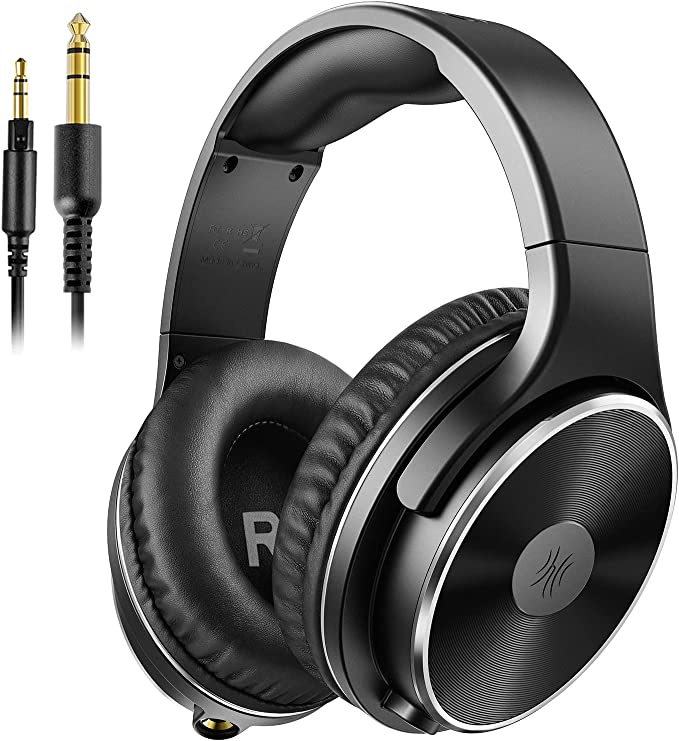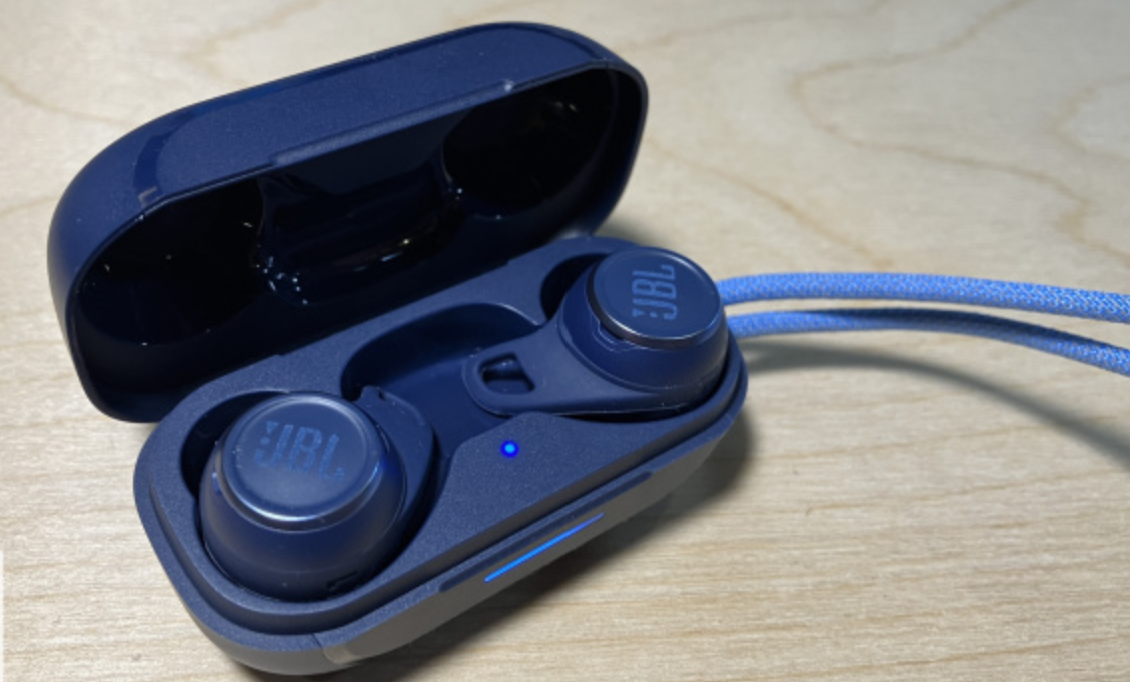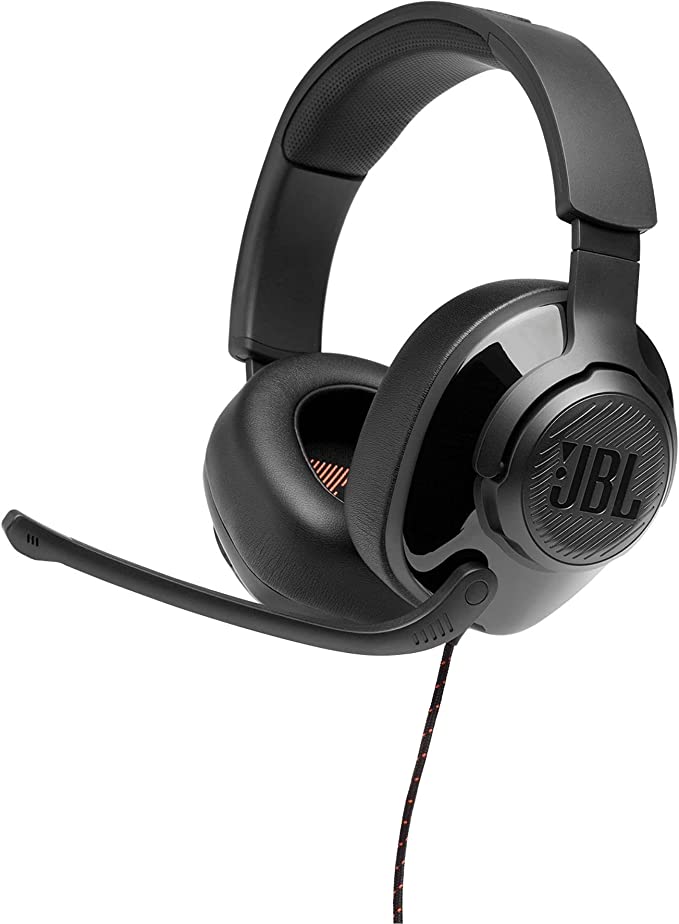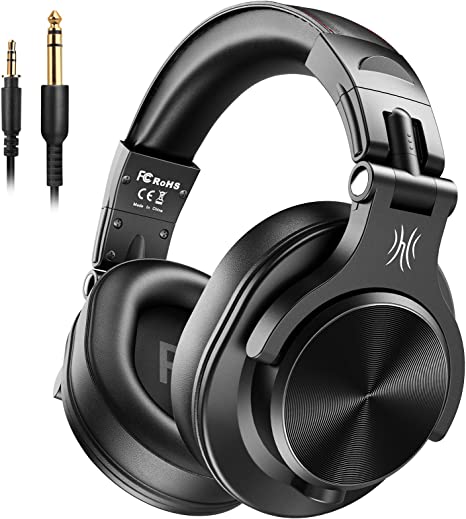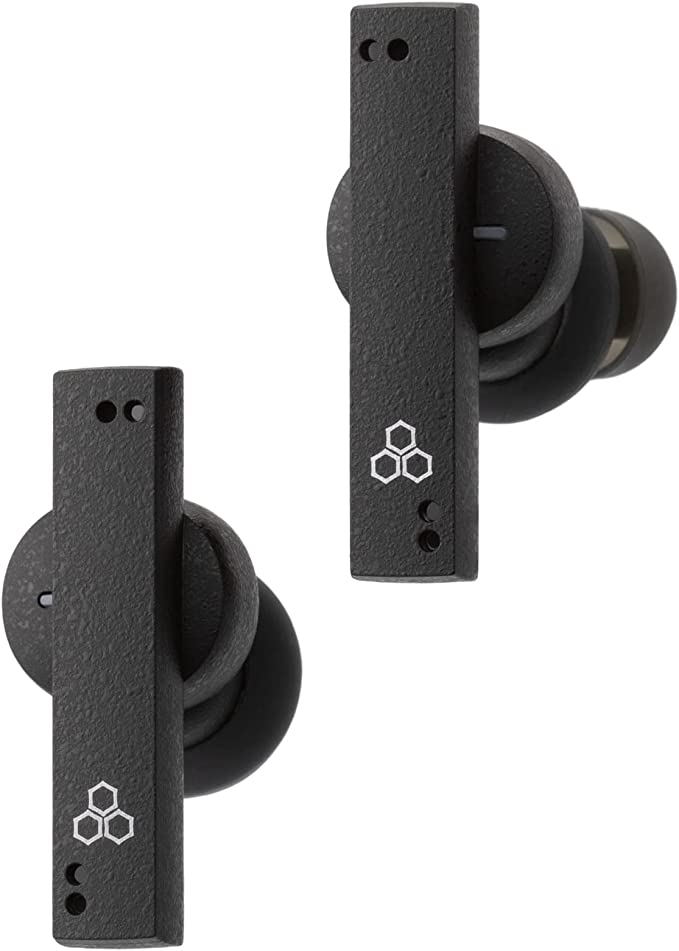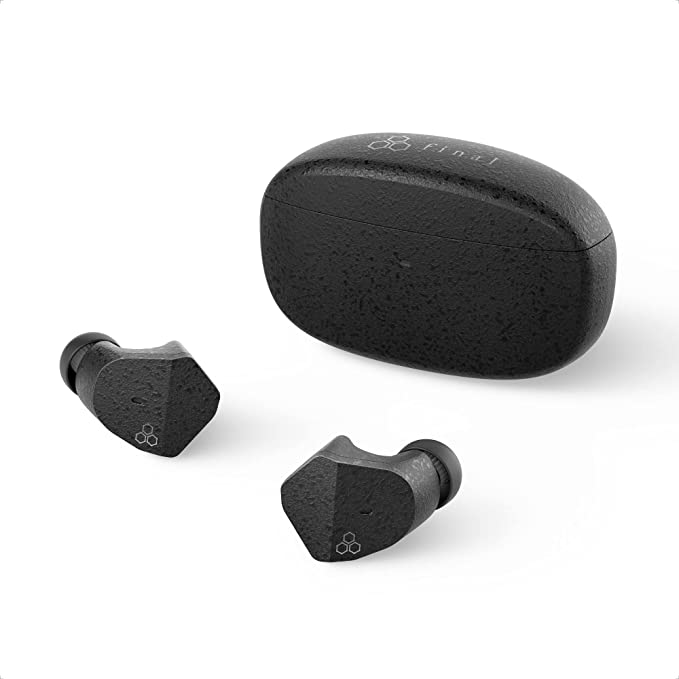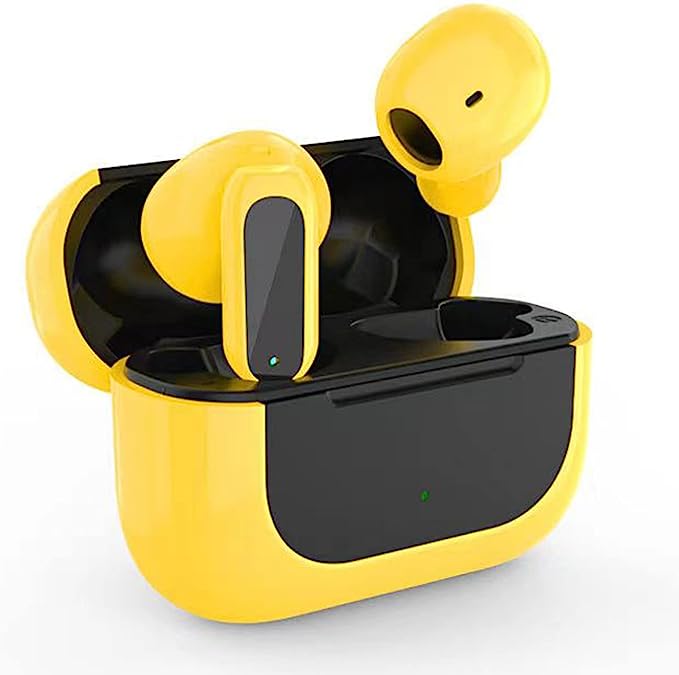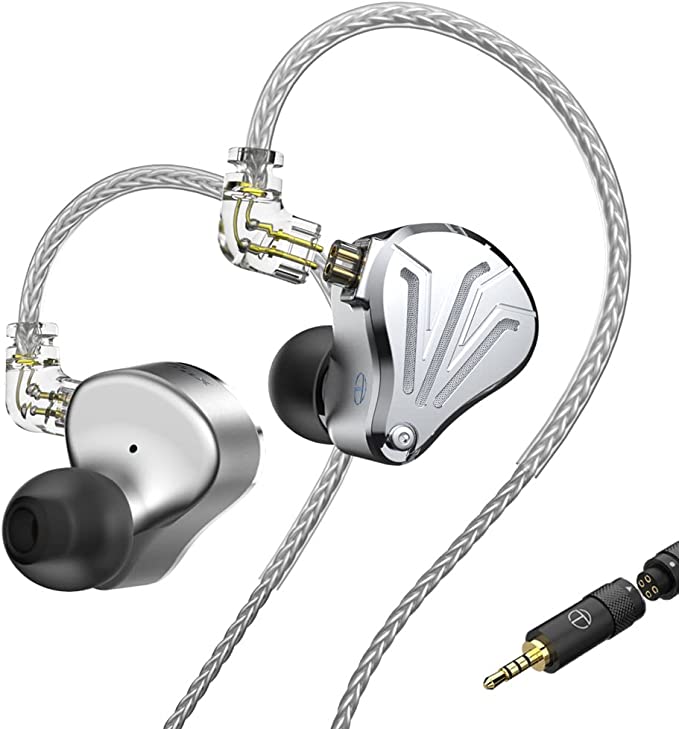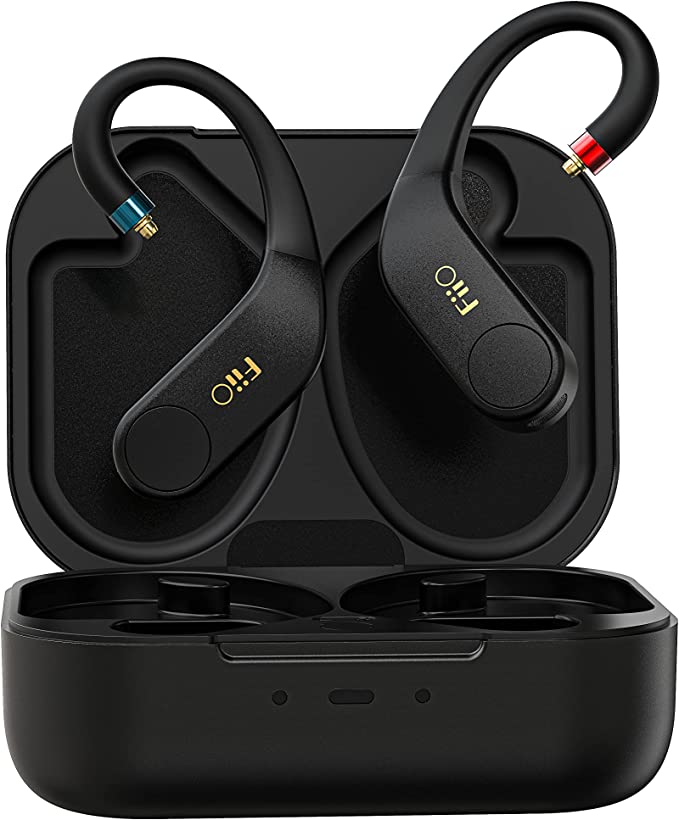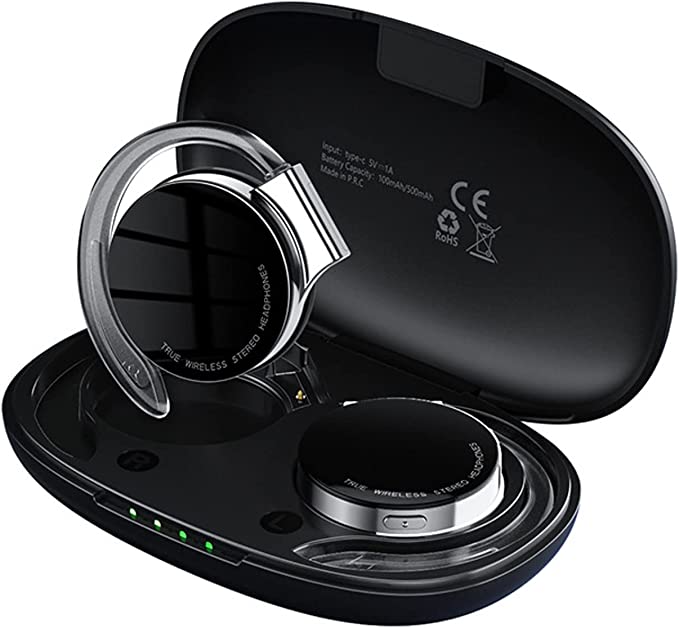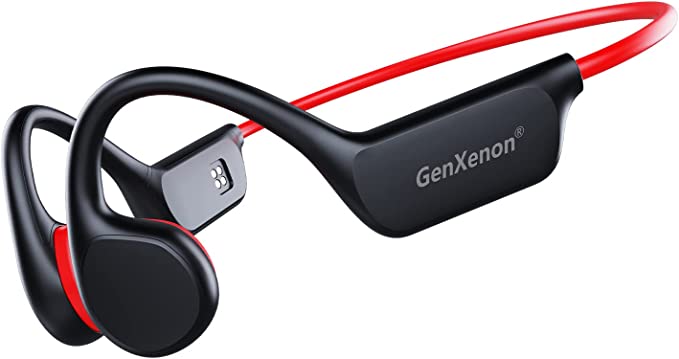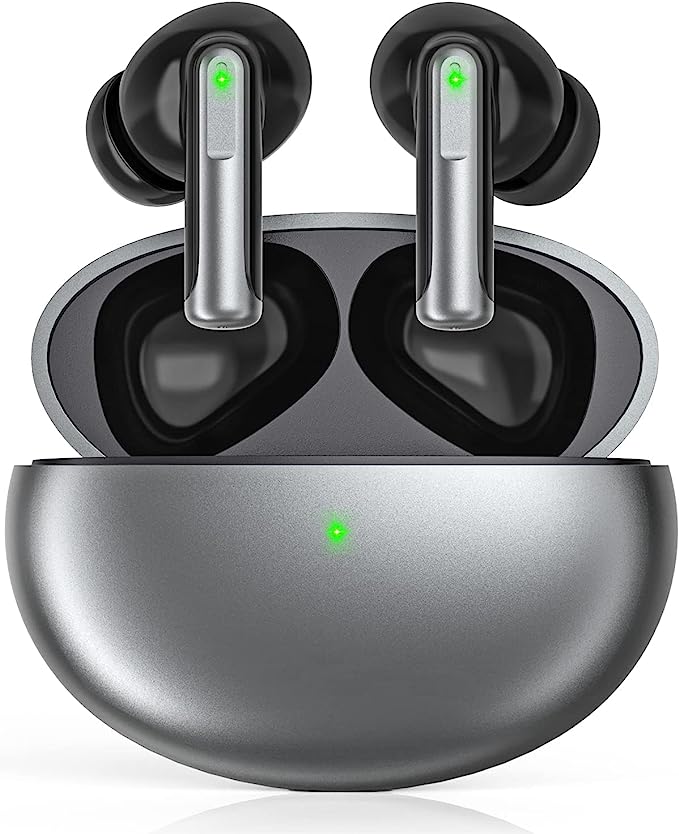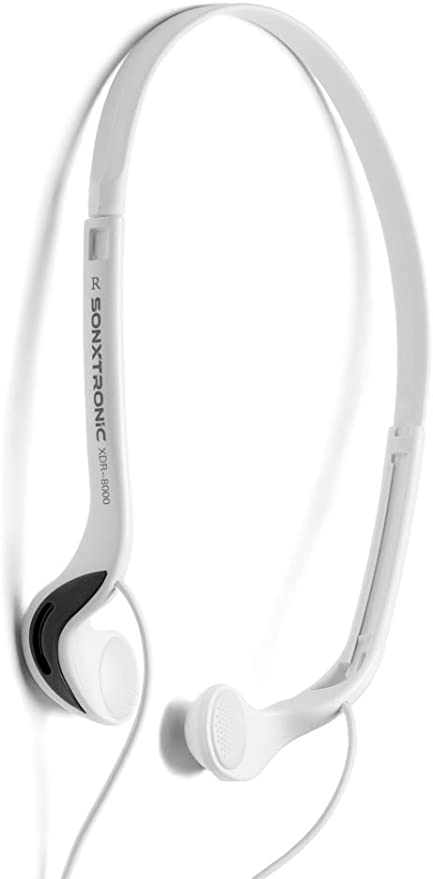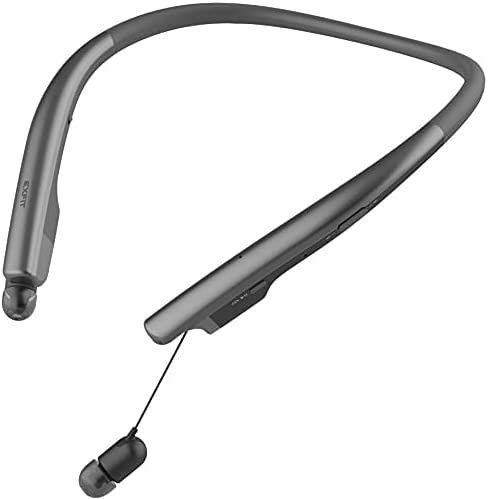The Ghost in the Groove: How the Pioneer PLX-CRSS12 Conquered Physics to End Needle Skipping
Update on Aug. 8, 2025, 4:37 p.m.
There is a sound that every DJ, and every soul on the dance floor, instinctively dreads. It’s not a misplaced sample or a clashing beat. It is the abrupt, violent skitter of a needle jumping its groove—a sonic train wreck that can shatter a perfect moment. This ghost in the machine, a fundamental flaw born from the very physics of a stylus tracing a vinyl canyon, has haunted turntablists for half a century. But what if you could banish the ghost? What if you could engineer a solution that respects the hallowed feel of vinyl while sidestepping its most notorious physical limitation? This is the question the Pioneer DJ PLX-CRSS12 hybrid turntable was built to answer.
To understand the magnitude of its innovation, we must first travel back to the dawn of DJ culture. Before the mid-1970s, turntables were primarily gentle, belt-driven machines designed for passive listening. They lacked the muscle for the demands of early hip-hop DJs. The game changed with the arrival of the Technics SL-1200. Its direct-drive motor, where the platter sits directly on the motor shaft, was a marvel of engineering. This design delivered two things that would become the bedrock of modern DJing: high torque and rotational stability. High torque meant the platter got up to speed almost instantly (the PLX-CRSS12 honors this legacy with a 0.3-second start time) and resisted slowing down when a hand touched the record. This newfound stability transformed the turntable from a playback device into a legitimate musical instrument, giving birth to the art of scratching and turntablism. Yet, for all its might, the direct-drive revolution couldn’t solve the problem of the needle. The ghost remained.

The Digital Bridge and Its Inherited Flaw
Fast forward to the turn of the millennium. The Digital Vinyl System (DVS) emerged as a brilliant bridge between the analog and digital worlds. Systems like Serato and Traktor introduced a special “timecode” record. This vinyl didn’t contain music, but a continuous, computer-readable sine wave. The turntable’s needle would read this signal, and software would translate the platter’s movements—its speed, direction, and position—into control for a digital audio file on a laptop. It was genius. DJs could now access thousands of tracks with the beloved, tactile control of a real turntable.
But the bridge was built on an old fault line. The entire system, for all its digital power, was still bottlenecked by that tiny diamond tip sitting in a plastic groove. The fundamental physics of friction and vibration were unchanged. A heavy bass bin shaking the floor, an aggressive scratch, or a worn record could still send the needle flying. DVS was a spectacular workaround, but it hadn’t exorcised the ghost; it had simply put it in a digital context.

An Elegant Evasion: The Tone-Arm-Free Paradigm
This is where the Pioneer DJ PLX-CRSS12 executes a move of profound engineering elegance. Instead of trying to further fortify the needle against skipping, it removes the needle from the digital equation entirely. In its “Digital Vinyl” mode, the tonearm, cartridge, and stylus become entirely ornamental. The hero of this new paradigm is the MAGVEL CLAMP.
This weighty, magnetic puck secures a record to the platter, transforming it into a single, unified control surface. Herein lies the magic: concealed within the turntable are sensors that directly read the platter’s motion. These sensors don’t care about grooves or dust or vibration. They create a purely digital data stream based on the platter’s rotation, which is then sent via USB-C to Serato DJ Pro or rekordbox. The result is a system that retains the exact physical inertia and tactile feedback of a 12-inch record but whose signal path is completely immune to physical shock. The ghost is not just captured; it is rendered nonexistent. No matter how hard you scratch, no matter how much the stage rumbles, the signal is uninterrupted. It’s a solution that doesn’t fight physics, but gracefully sidesteps it.
The Engineering Supporting the Revolution
A revolutionary concept requires a robust foundation, and the PLX-CRSS12 is built on solid engineering principles. The driving force is a 3-phase, brushless DC motor, capable of delivering up to a formidable 0.45 N·m of starting torque. Unlike older brushed motors, this design uses electronic commutation for higher efficiency, longer life, and quieter operation, ensuring the platter’s speed is unwavering—a critical factor measured by its impressively low “wow and flutter” of 0.15% or less.
This precision engine is housed in a chassis designed for maximum stability and vibration damping. The top portion is crafted from high-mass, die-cast zinc, providing rigidity and weight, while the lower section is made of 8mm-thick resin, a material known for its excellent vibration-absorbing properties. This composite construction, weighing in at a substantial 26.9 pounds (12.2 kg), acts as a fortress against external resonance, ensuring that what happens in the club stays out of the signal path. Even the “Feeling Adjustment” dial on the MAGVEL CLAMP is a piece of thoughtful human-factors engineering, allowing a DJ to tweak the rotational drag to perfectly mimic the feel of their favorite slip mat.

Two Souls in One Body: The Analog Purist’s Deck
For all its digital prowess, the PLX-CRSS12 never forsakes its analog soul. With the flip of a switch, it transforms into a superb traditional turntable. The beautifully engineered, static-balance S-shaped tonearm is designed for precise tracking. The signal path is meticulously shielded, leading to high-quality, gold-plated RCA outputs and achieving a clean signal-to-noise ratio of 65 dB. This means that when you choose to play a classic piece of vinyl, you are getting a pure, uncompromised analog experience. It is not a digital device with an analog afterthought; it is a dual-specialist, equally adept in both worlds. It respects the past while simultaneously defining the future.
This hybrid nature makes the PLX-CRSS12 a uniquely compelling instrument. It offers a new covenant for the turntablist, one where the fear of mechanical failure no longer limits creative expression. By understanding the history of the DJ’s struggle and the physics behind it, Pioneer DJ has crafted more than just a new piece of hardware. They have built a tool that finally allows the artist to focus solely on the performance, confident that the ghost in the groove has, at long last, been laid to rest.


